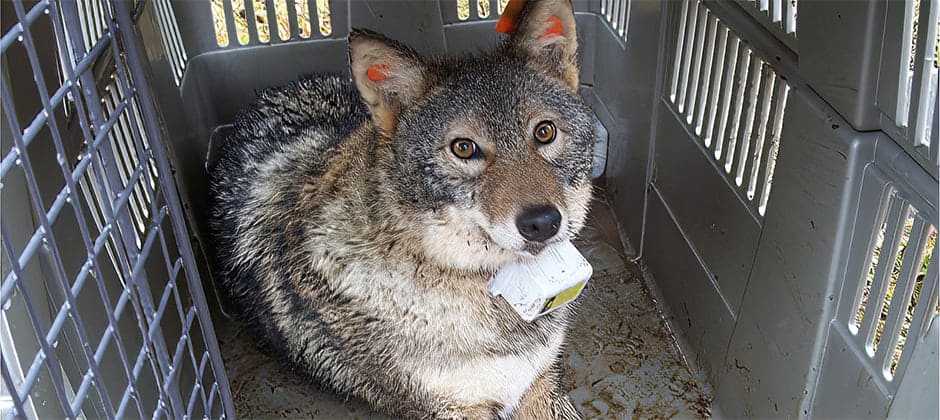Share this article
What drove coyotes to kill a hiker in a Canadian park?
When a 19-year-old woman was killed by coyotes in a Canadian park in 2009, she became the only known coyote attack fatality in North America. What prompted coyotes to behave so uncharacteristically? In a study published in the Journal of Applied Ecology, researchers believe they have an answer.
After analyzing coyote diets and movements in Cape Breton Highlands National Park, where the attack occurred, the researchers concluded that the coyotes (Canis latrans) were increasingly forced to rely on moose (Alces alces) for their diet. Accustomed to seeking larger animals for food, they perceived a lone hiker as potential prey.
The researchers found that a mix of heavy snow, high winds and extreme temperatures had created conditions inhospitable to the small mammals the coyotes usually relied on. To survive, they turned to moose, scavenging and even hunting them—a challenge for the small canids. “But because they had very little if anything else to eat, that was their prey,” said lead author Stan Gehrt, a wildlife ecologist at The Ohio State University. “And that leads to conflicts with people that you wouldn’t normally see.”
Their findings suggest that overexposure to people or human food were not factors in the attack.
Header Image: One of 24 coyotes captured in Cape Breton Highlands National Park that researchers fitted with a GPS collar to track its space use. Credit: Stan Gehrt








